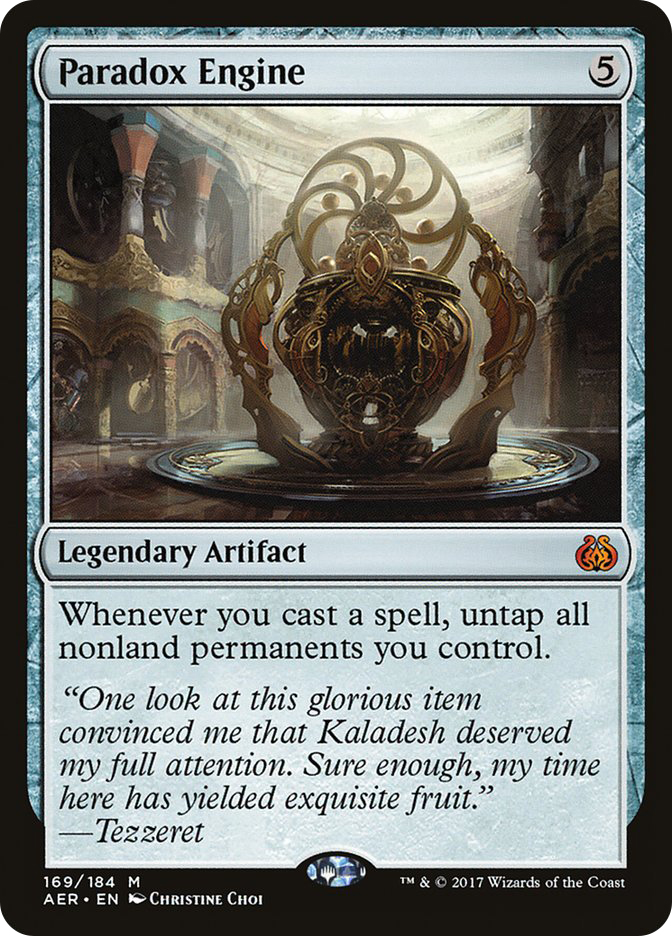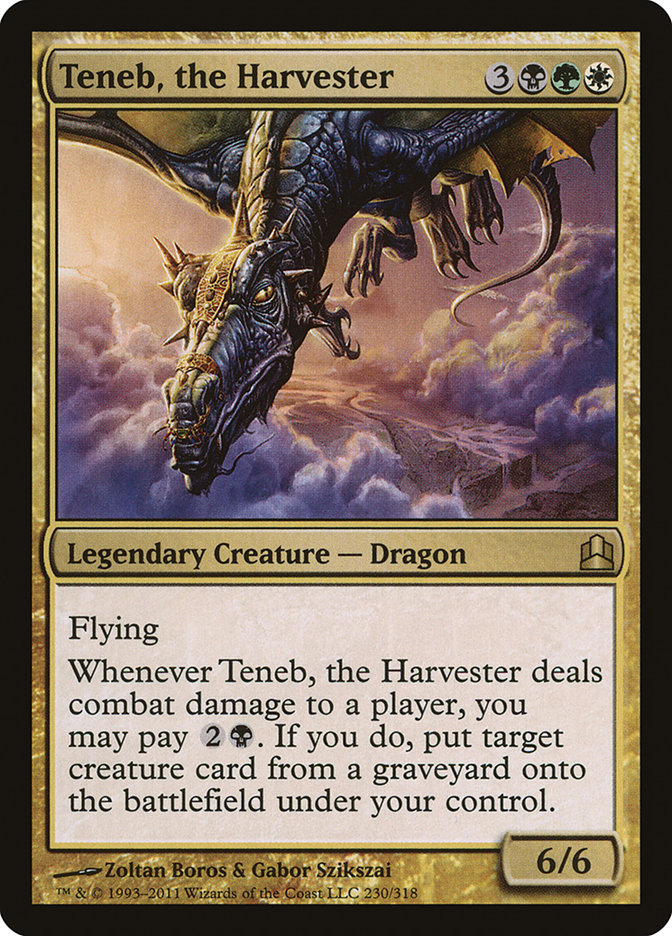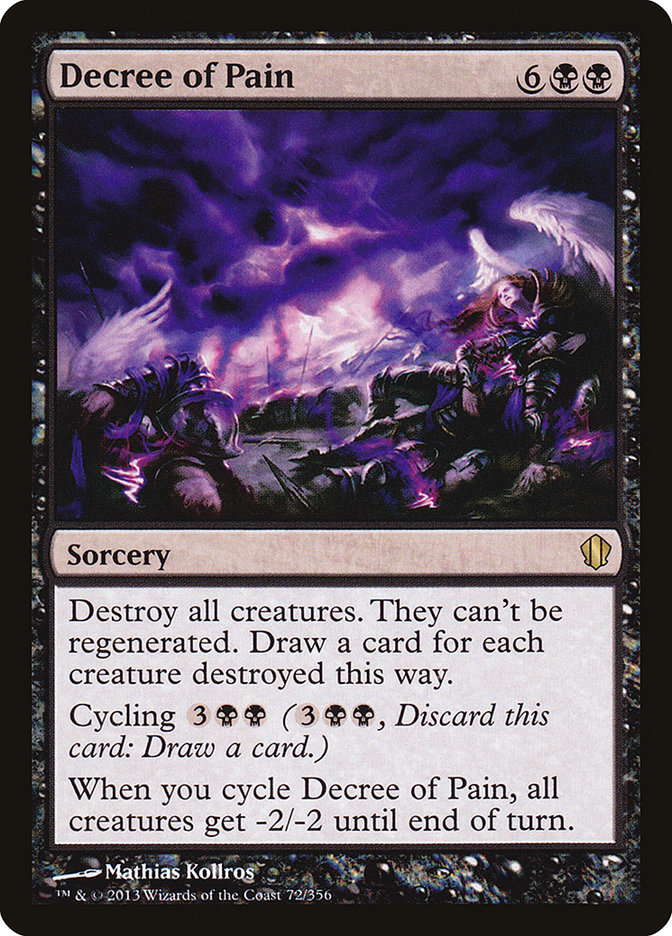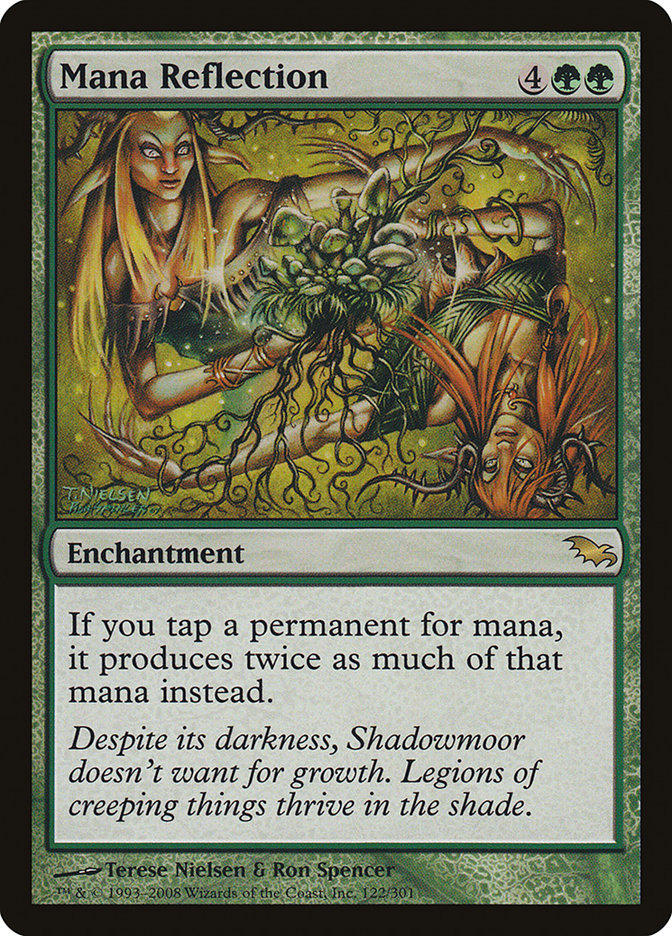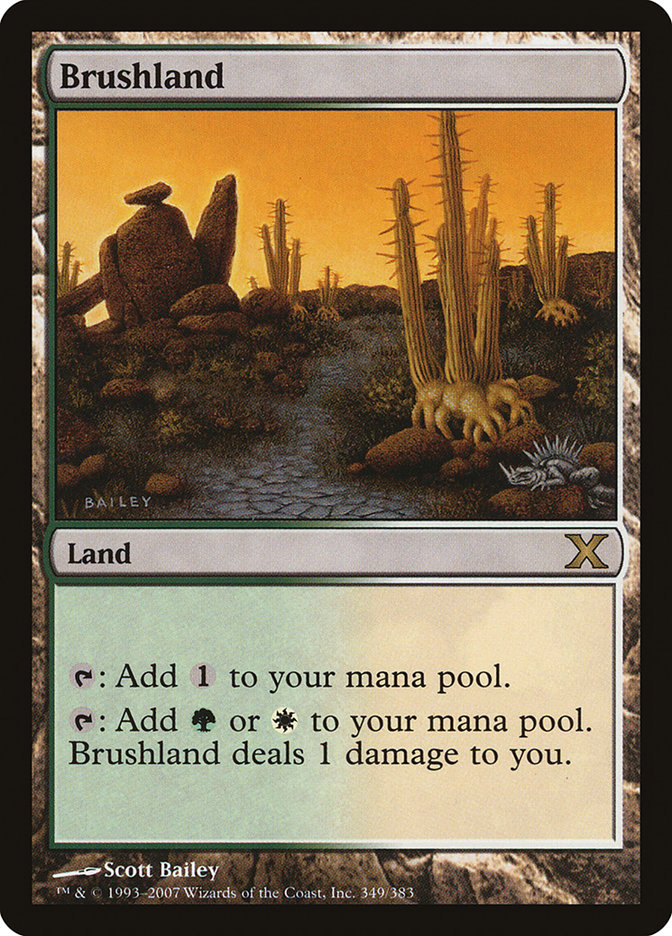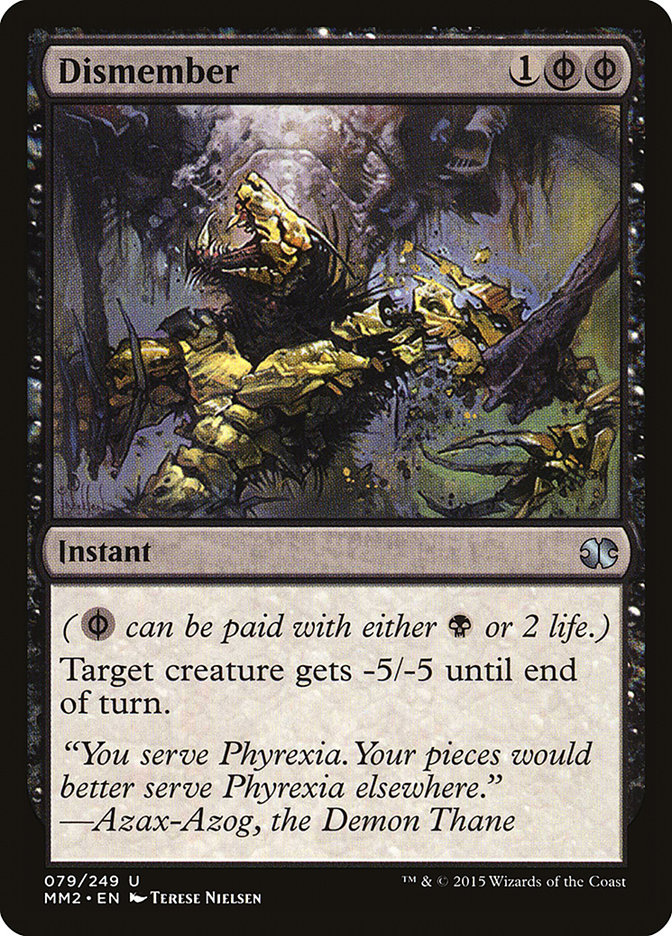If you’re a Commander enthusiast, you know that Aether Revolt added several excellent new candidates like Sram, Senior Edificer and Baral, Chief of Compliance to the nearly 700 legendary creatures in Magic suitable for leading a 100-card deck. (Okay, in older cases like Barktooth Warbeard, “suitable” is a strong word. The names are still worth points.)
The new set also provides specific cards like Call for Unity or Indomitable Creativity that are attractive for inclusion in existing 100-card decks.
If you’re a Cube enthusiast, you may be looking at Aether Revolt with slightly different eyes. The set contains resources that might augment a homemade pool of cards that others will analyze, select, and build in a draft environment. Have a pool based on creature type? Dwarves are better than ever. Want something fresh in the pool? Energy is reaching a critical mass with cards like Glint-Sleeve Siphoner and Greenbelt Rampager.
Commander and Cube are two of the most successful “fan-driven” formats in Magic history. They have humble origins from regular players like you and me, and over time the good people at Wizards have recognized their value and popularity. As a result, there are now cards and even entire product lines aimed at both formats.
So it’s no surprise that many people have thought to combine the two.
In fact, Abe Sargent here on StarCityGames.com has written several articles on the possibilities. Most recently, he provided critical insights for the format when Commander 2015 came out.
Aether Revolt’s legendary creatures and tools add even more possibilities. We now have the tools to refine and standardize the format and take it further than it’s ever been before.
If you’ve never created a Commander Cube, now is the time.
Commander Cube Conundrums
Our goal with building, drafting, and playing a Commander Cube is to create a session where players experience as many interesting and interactive games as possible, with as many eventful and engaging turns within each game as possible.
We have at least four challenges specific to the mixture of Commander format and a Cube:
Size. The size of a Commander deck is two-and-a-half times the size of a normal (40-card) Draft deck, so you need more cards to make this work. That feels daunting.
Time. Along with more cards to draft comes more time needed to draft and build decks with them. Also, Commander games are usually multiplayer games, which take longer than the duels that come out of conventional Cubes. If the point of a format is to play Magic, we need to find a way to respect people’s time.
Legendary Creatures. The crux of the Commander format is having a legendary creature to lead your deck. If we want a successful draft, we’ll have to find the right balance of legendary creatures to other things…and within that pool, we’ll need to achieve some level of color (and color combination) balance.
Complexity. If solving the problems above makes the format too hard to explain, people won’t do it. Our solutions have to be intuitive, easy to explain, and ideally fun to follow.
Because of these challenges, Commander Cube has difficulty working like a “regular” Cube, except with Commanders. You can easily frustrate your group if they draft huge decks that take twice as long to build as normal draft decks and play half as well.
So what to do?
I Command You, Cube: Be Simple!
Let’s solve the last problem first: complexity. Commander Cube is easy to explain to people who already understand Commander and Cube separately. I would propose two – and only two – rules differences between Commander Cube and a regular Cube.
More Packs. There are six packs of fifteen cards (instead of the normal three packs) for each player. This means a total (minimum) Cube size of 720 if you expect eight players.
Legendary Creature Pack. We put all legendary creatures in the first pack each player opens. This can mean up to 120 legendary creatures based on the Cube size assumed above, but you can have fewer and have it work fine.
Then everyone drafts, builds their deck, and starts playing Commander.
That’s it, in summary. Easy, right? Some of you may be ready to stop reading now and go make your own Commander Cube. Feel free; I’d hate to feel like I’m keeping you.
If you could use a bit more detail on how we get there, keep reading. The next sections address the size, time, and legendary creatures parameters.
I Command You, Cube: Be Slim!
Regarding size, we must deal with one elephant in the room right away: Commander decks are 100 cards. If you want to draft decks with ninety-nine or fewer cards, you can scale everything downward. Everything here will work with five packs, or four, or even three: you just need to allow proportionally smaller “Commander” decks. Cube is like that: you can Cube however you wanna Cube.
But I like real Commander decks, and real Commander decks have 100 cards. So let’s find the smallest draft pool possible for a 100-card deck, and then anyone can make it easier with shorter stacks later on if they wish to do that.
When I build a 100-card deck, I reserve 42 slots for lands.
After all, we play 40-card decks with seventeen lands (42.5%), and most of this probability scales well upward.
This means 58 nonland cards in a given deck. Multiply that times eight and you have 464 nonland cards in the draft. All good?
Not exactly. Players want to make choices, and not every draft pick is a winner. I recommend a buffer of twelve, enough to cover five or six “last picks” that are unlikely to fit the color identity of a deck and another several cards for player choice.
So now we have 70 cards as a drafting target for each of eight players. This means you should have at least 560 nonland cards.
Now think about nonbasic lands. This is more a matter of taste and how many colors you want to encourage players to draft in a single deck. I’ll take the assertive example of pushing four- or five-color Commanders, which I encourage. A decent Commander deck with lots of colors can use up to twenty nonbasic lands. You can get away with fewer if you have lots of artifact fixing, but for a conservative target, let’s stick with twenty for each of eight players. That’s 160. (Don’t panic if that seems like a lot. We’ll talk.)
Total cards in Cube: 560 nonlands plus 160 nonbasic lands, for a total of 720, which is a nifty number in that it is also the product of six packs of fifteen for eight players.
This number is exactly twice as large as a typical Cube (360), which may seem counterintuitive since 100-card decks are 2.5 times the size of a 40-card deck. The primary savings is in the cards we don’t use: the reduction of chaff.
Chaff is high in a typical Cube. A player will draft 45 cards, run 23, and leave 22 sitting in a sideboard. (There are maybe a couple of nonbasic lands in there, too.) Multiply that times eight players: that means about 184 nonland cards, and perhaps another twenty nonbasic lands, for just over 200 cards out of 360. The rest, over 40%, sit in sideboards. In efficiency terms, that represents a type of waste…no offense intended to the hard-charging 40%ers.
Commander Cube can’t afford huge sideboards, and in a multiplayer environment, players need them less. More cards have to be playable in the maindeck. How can we achieve this?
Card quality is a key concept for slimming a Commander Cube. I don’t just mean how strong the card is. Obviously, cards should all be good enough to be played. I also mean the qualities of the card that make it an acceptable fit for a deck.
Broad strategy. The first quality is effect, or strategy. As tempting as it may be to insert lots of “flashy” cards with very narrow applications to appeal to a single deck’s strategy, I recommend a Commander Cube with cards that play well in different players’ decks. Cards like Electrostatic Pummeler or Kindly Stranger want certain kinds of cards around them. You run greater risk with those choices than with cards like Multiform Wonder or Farbog Boneflinger which don’t have an explicit energy or delirium theme.
Low color devotion. I strongly recommend a “Rule of Splash” when constructing your Cube, no matter how many colors you expect commanders to have. The “Rule of Splash” is: all things being equal, a card with a single mana symbol requirement is better than a card with more mana symbols required. Murderous Cut is a better choice for Commander Cube than Annihilate, even though Annihilate was a terrific pull in Invasion block Limited; Sublime Exhalation will find more decks than Hour of Reckoning; Ikra Shidiqi, the Usurper will slide into two or three drafters’ decks, whereas Jarad, Golgari Lich Lord will probably only find one that can support it.
Generous color identity. This can be tough on Cube builders. Gold cards that “look like” some legendary creatures, like Dromar’s Charm, are sexy. Some should be in the pool. Dromar wants his Charm, darn it! But a heavy requirement for three or more colors, beyond commanders, increases the risk that drafters look at packs and see too many cards they can’t draft. That’s frustrating. So even in a draft where you’re encouraging four-color commanders, two- and one-color cards are better than three-color or more cards. More two- and one-color cards mean more choices. Balance these generously against a sprinkling of the three-, four-, and five-color cards.
Once you’ve got a Commander Cube filled with cards that use broad strategy, low color devotion, and generous color identity, you’ll find players can draft and build perfectly good decks with a tighter margin.
So that’s a good start, but there’s plenty more to discuss. We’ll see you again for part two later this week!





